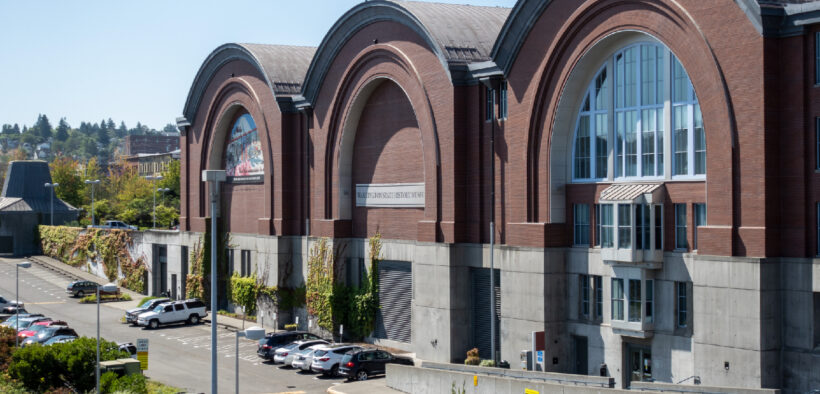My upper-level course on writing in the natural sciences was filled with technical writing or communication majors developing and honing their skills in writing, presentation, visual communication, and user experience strategies. Most had limited, if any, college-level natural sciences coursework. Students are taught to use the fundamental tenets of their home discipline—technical writing—and apply it outside of their discipline, the natural sciences. Since both technical writing and writing in the natural sciences engage in public communication, technical writing students should participate in what Salvo (2002) describes as “repeat[ed] cycles of observing, critiquing, articulating, and creating designs of information objects [i.e., texts].” Yet Johnson-Eiola (1996, 246) suggests that most technical communication projects enhance other processes, occupying “a secondary position to the users’ main objective . . . real work easily becomes defined in reductive, context-independent ways: small, decontextualized functional tasks rather than large, messy ‘real world’ projects.” Henning and Desy (2008, 41) amplify these considerations, further explaining that “students find it difficult to write in a manner that emphasizes the audience’s needs rather than the writer’s needs or the subject matter.”
Natural Science in a History Museum: An Exercise to Engage Interdisciplinary, Applied, and Career-Oriented Thinking

Related Articles
I have two loves: teaching and learning. Although I love them for different reasons, I’ve been passionate about...
For some of us, it takes some time to get into the swing of summer. Some of us...
About a year ago, I decided to combine the ideas of a syllabus activity and a get-to-know-students activity....
The use of AI in higher education is growing, but many faculty members are still looking for ways...
Imitation may be the sincerest form of flattery, but what if it’s also the best first step to...
Higher education has long recognized the value of Socratic dialogue in learning. Law schools traditionally adopt it in...
After 35 years in higher education, I continue to embrace the summer as a prime opportunity to strengthen...








